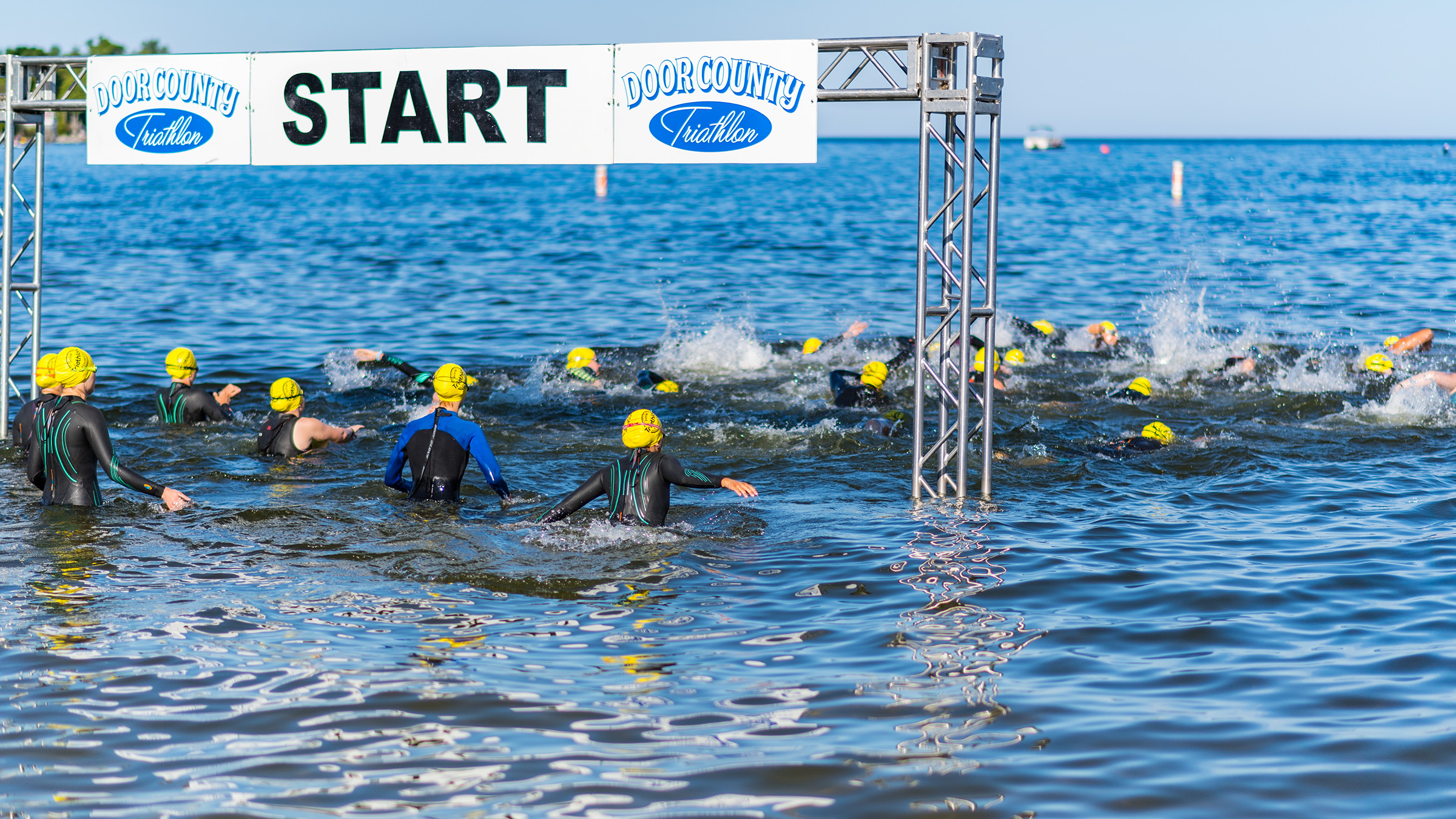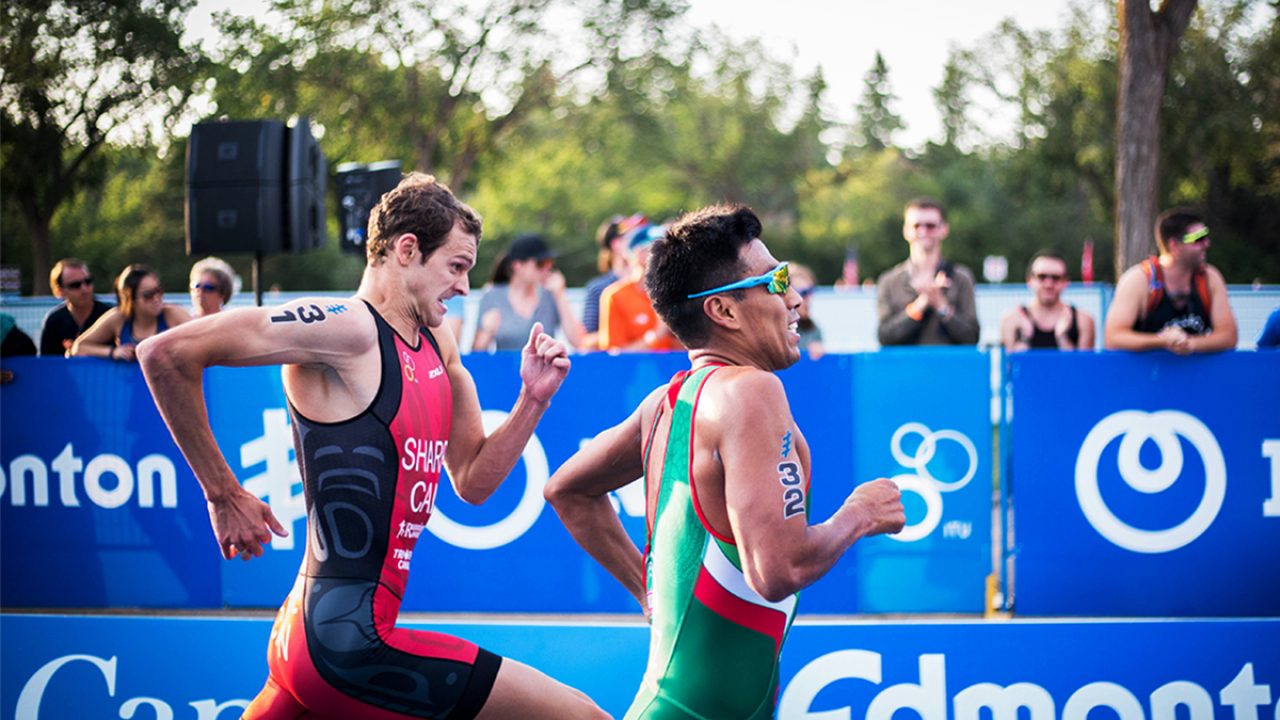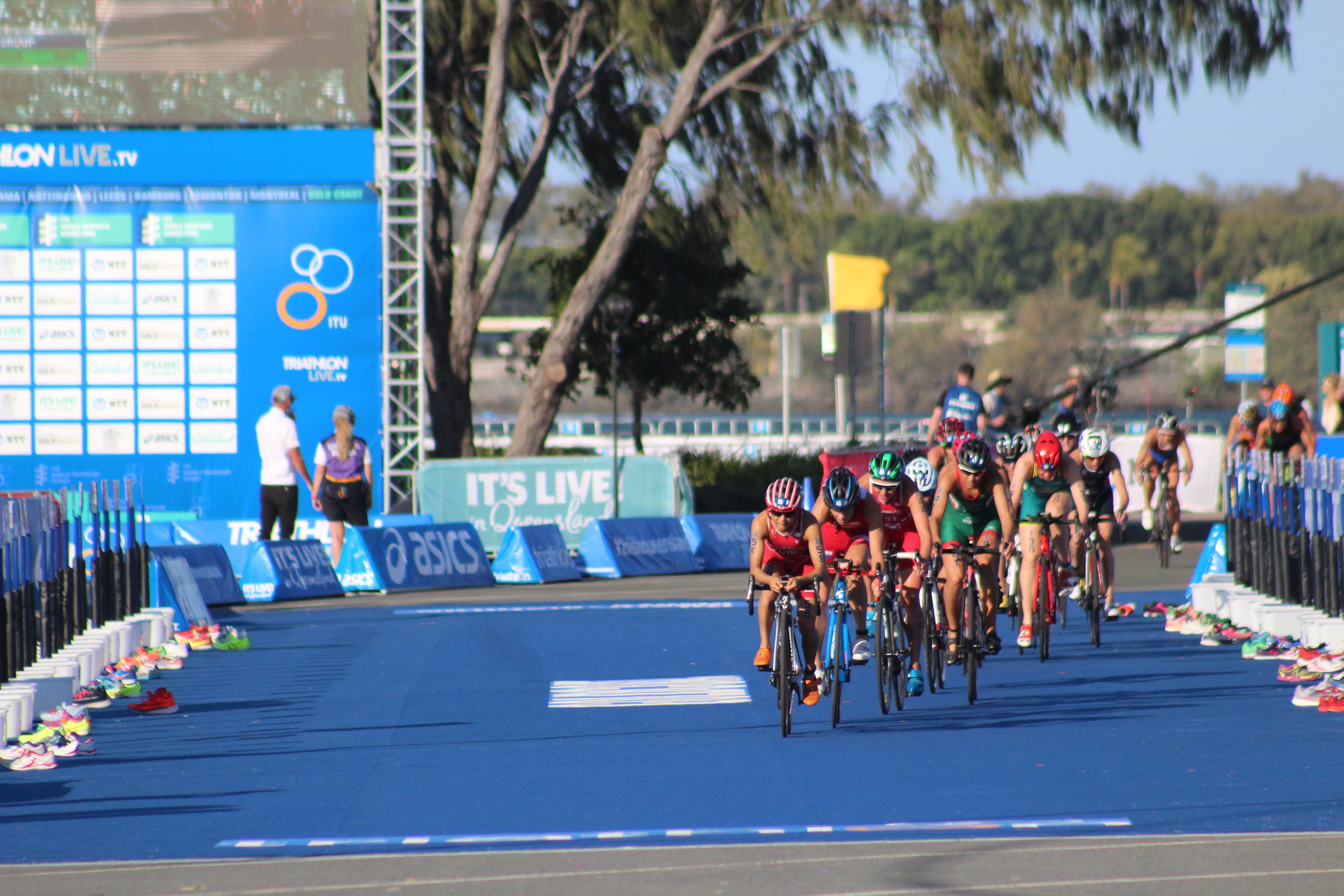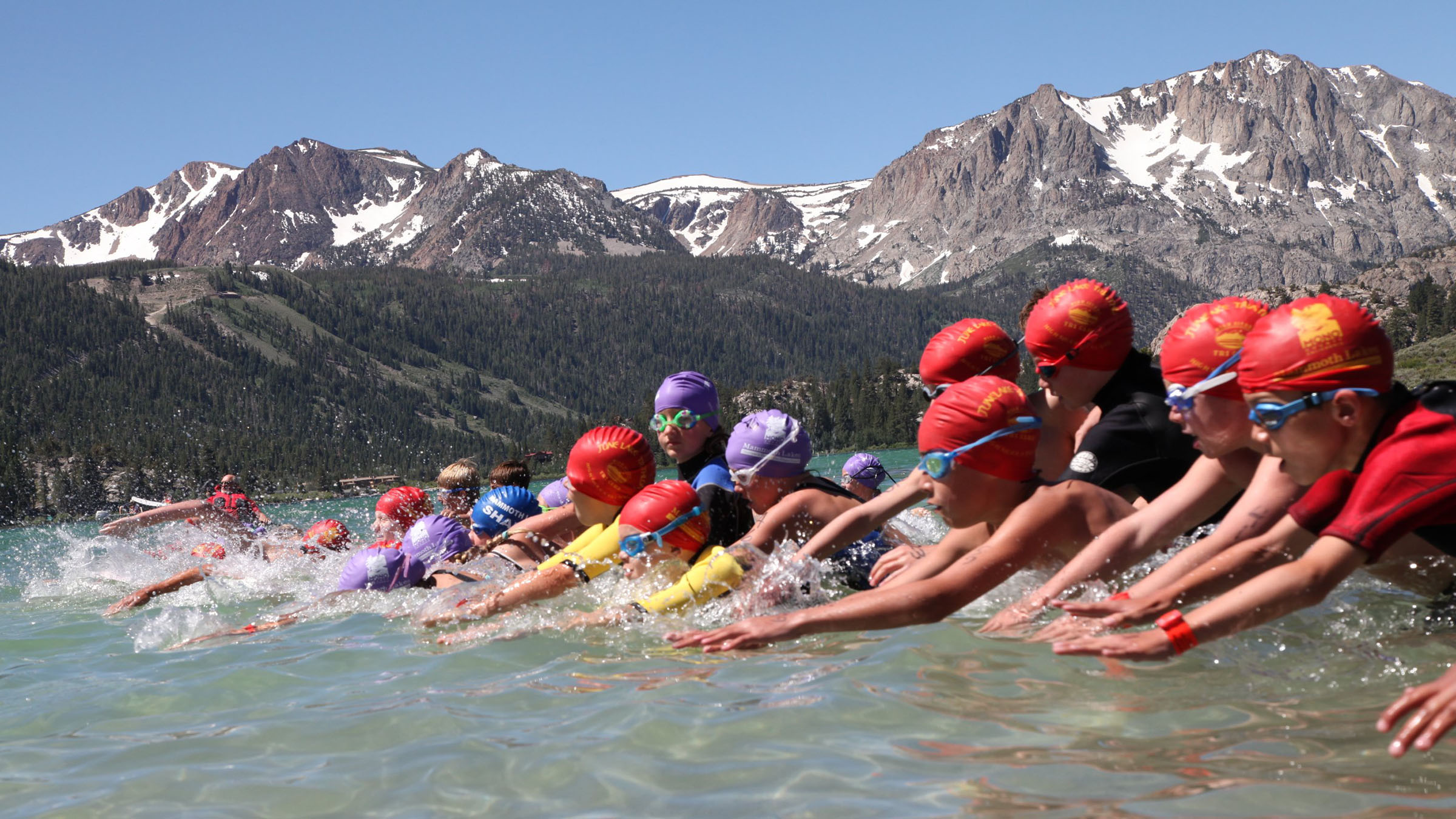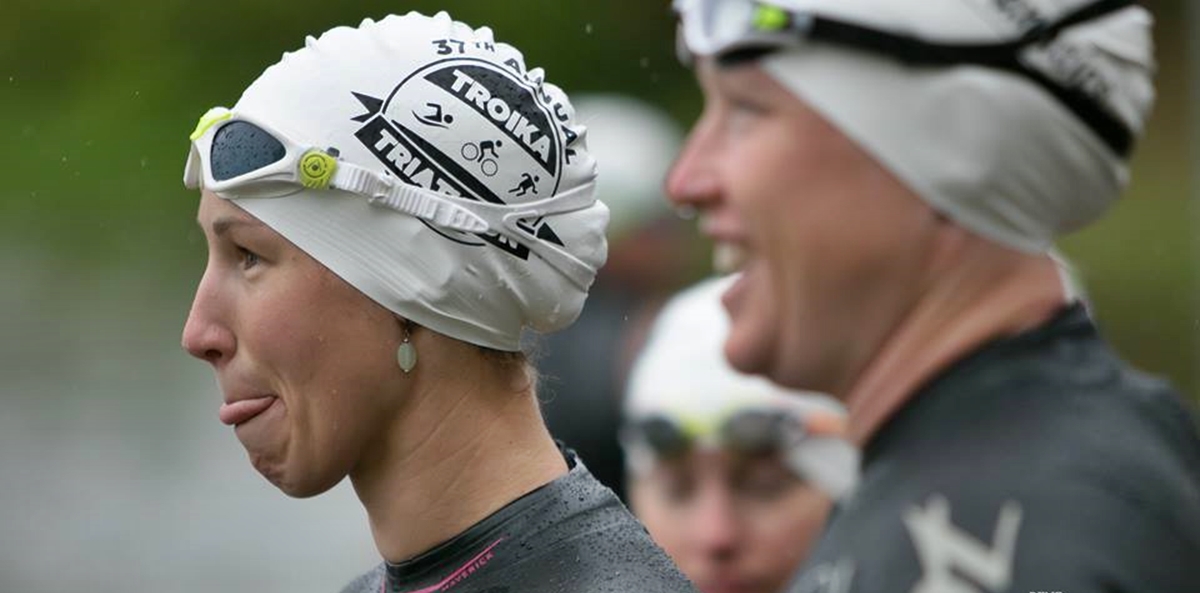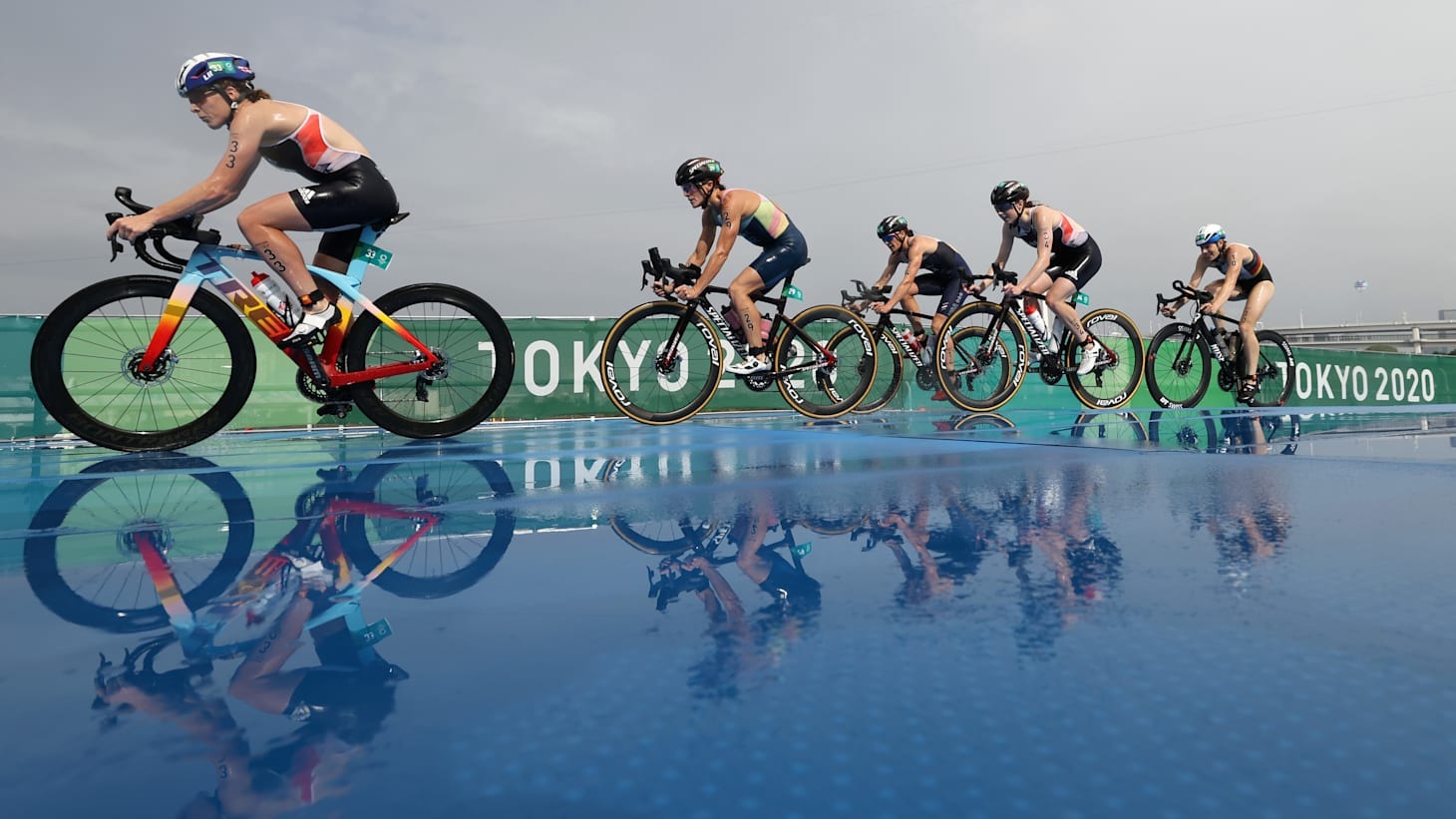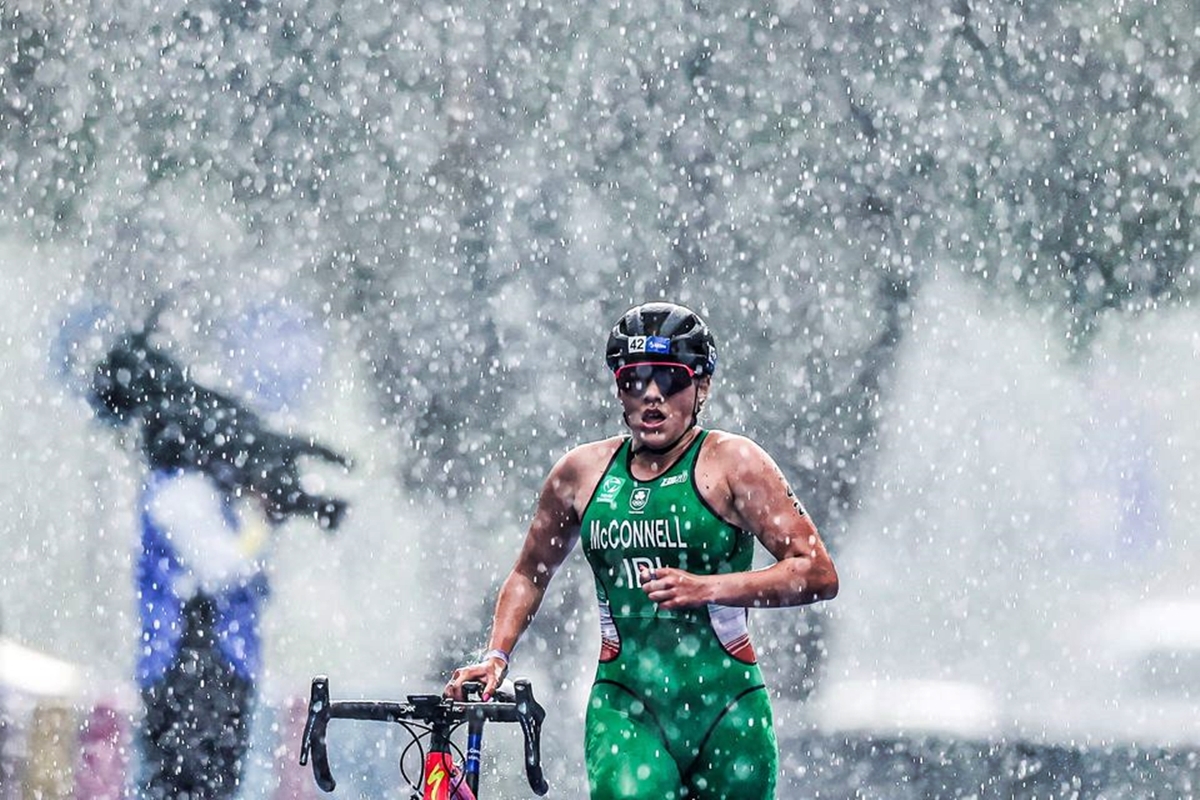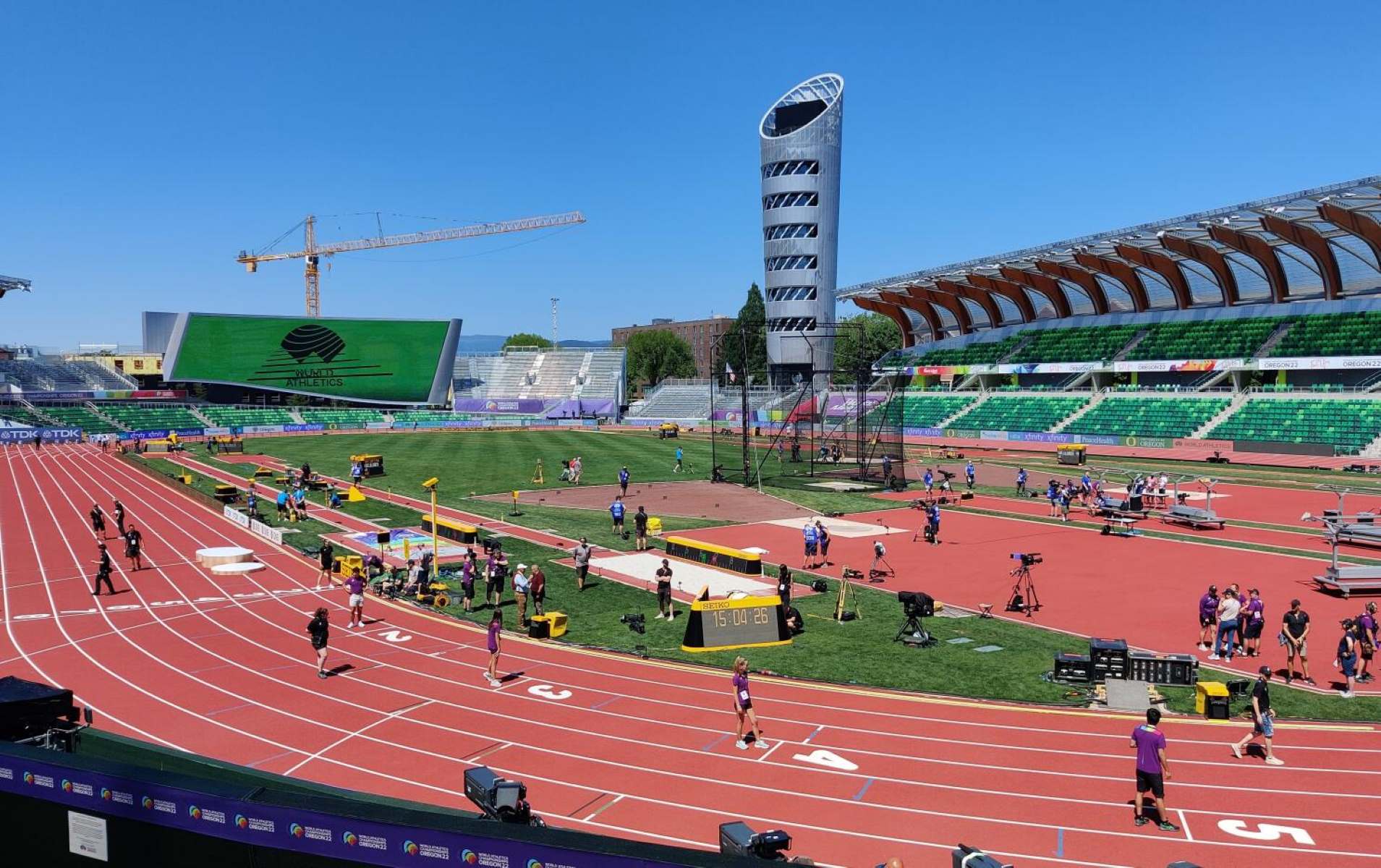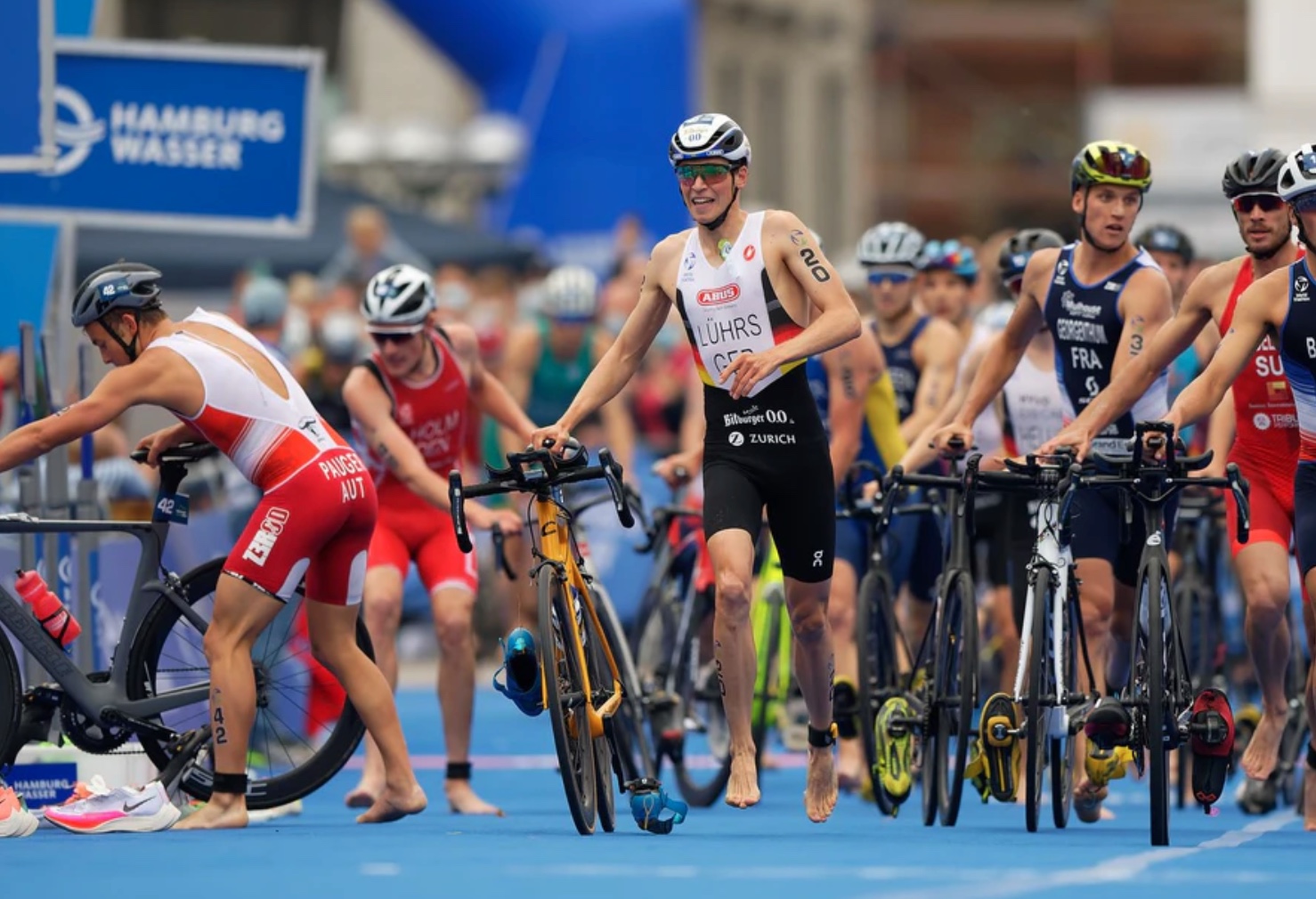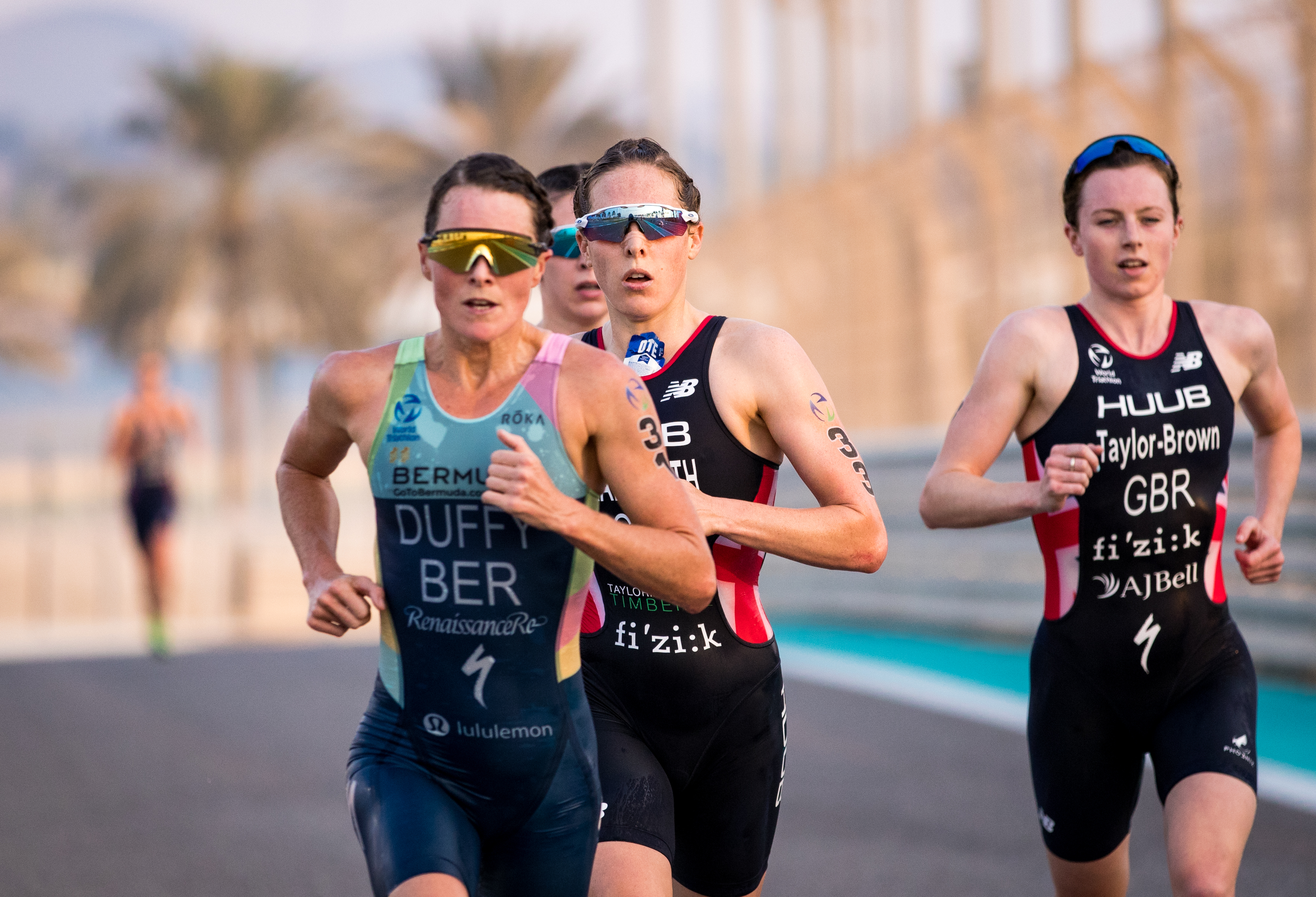Home>Misc>Featured>What Age Is The Oldest Person To Complete The Norseman Triathlon
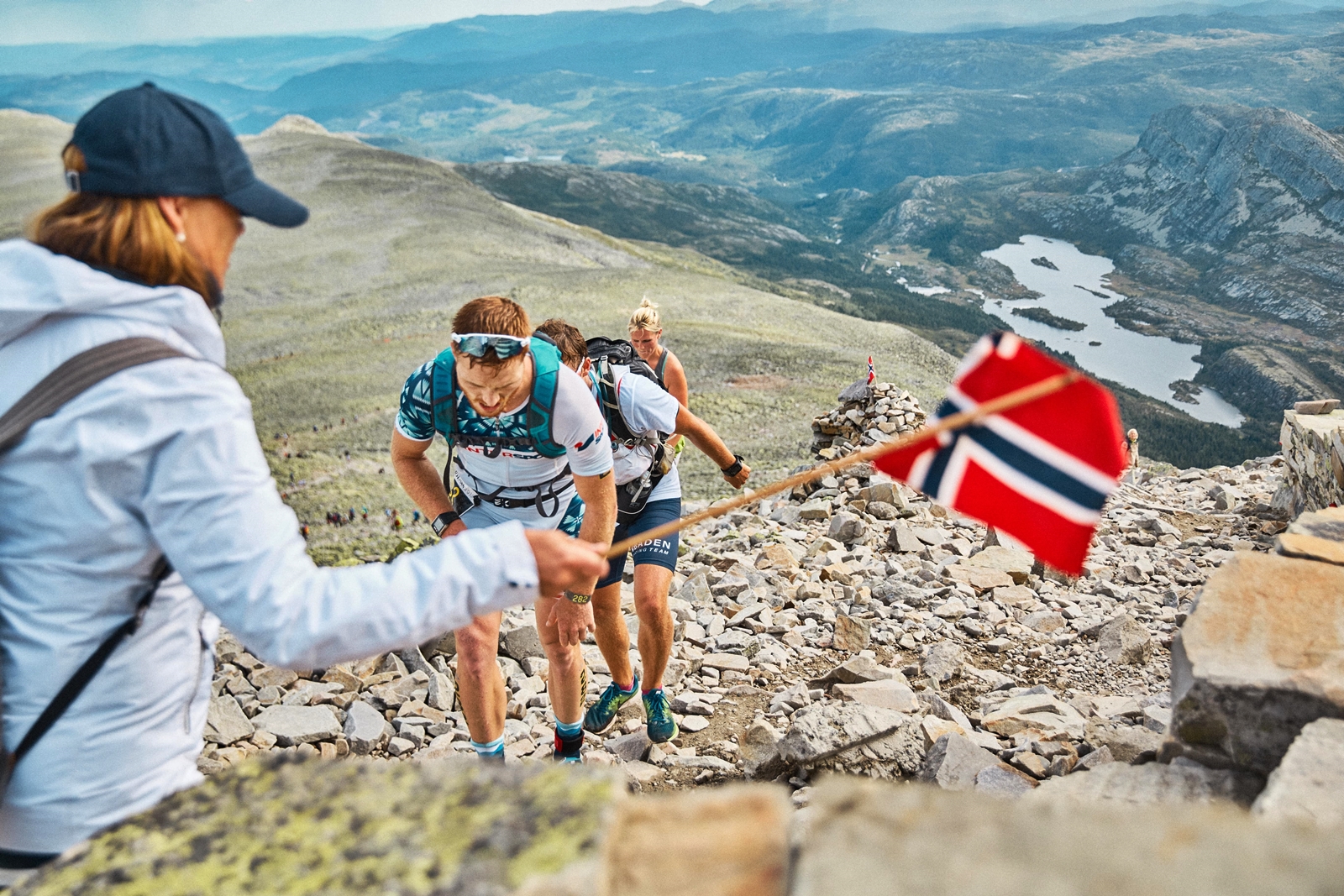

Featured
What Age Is The Oldest Person To Complete The Norseman Triathlon
Modified: January 2, 2024
Discover the inspiring story of the oldest person to complete the challenging Norseman Triathlon. Visit our website for the featured article on this remarkable achievement today!
Introduction
The Norseman Triathlon is widely renowned as one of the toughest endurance races in the world. With a challenging 3.8-kilometer swim in the icy waters of the Norwegian fjords, followed by a grueling 180-kilometer bike ride through the mountains, and culminating in a marathon run up the steep and winding roads to the top of Mount Gaustatoppen, it demands immense physical and mental strength from its participants.
While the 1600-meter ascent to the finish line may seem like an insurmountable obstacle to many, there are brave individuals who not only conquer this feat, but do so at an age when many would consider these challenges impossible.
In this article, we delve into the remarkable achievements of the oldest individuals who have completed the Norseman Triathlon. We explore their journeys of determination, perseverance, and passion as they shattered age barriers in the pursuit of their athletic dreams.
Age should never be a deterrent when it comes to pursuing a passion for sports and pushing one’s limits. The stories of these incredible athletes serve as an inspiration to all, proving that with dedication and the right mindset, seemingly insurmountable challenges can be conquered at any age.
Join us as we delve into the fascinating world of the Norseman Triathlon and the remarkable individuals who have defied the odds to complete this grueling race, showcasing the true spirit of human resilience and determination. Prepare to be amazed and inspired by their extraordinary achievements.
Background of the Norseman Triathlon
The Norseman Triathlon, also known as the Isklar Norseman Xtreme Triathlon, is an annual event that takes place in Norway. Established in 2003, it has gained a reputation as one of the toughest and most unique triathlons in the world.
The race starts with a swim in the cold waters of the Hardangerfjord, where participants face temperatures as low as 10°C (50°F). From there, the athletes transition to a challenging bike ride that takes them through stunning landscapes, including the climb up the challenging mountain pass of Imingfjell. The final leg of the race is a marathon run that culminates with an awe-inspiring finish on the summit of Mount Gaustatoppen, standing at 1,850 meters (6,070 feet) above sea level.
What sets the Norseman Triathlon apart from other races is its unique format. Unlike most triathlons, the Norseman does not provide the usual race support and amenities. The athletes must have their own support crew, who are responsible for transporting their gear, providing nutrition and hydration, and ensuring their safety throughout the race. The event emphasizes self-sufficiency, endurance, and personal growth.
Due to its challenging nature and limited number of available slots, the Norseman Triathlon has gained a cult following among triathletes looking for a truly extreme and unforgettable experience. Athletes are selected through a combination of lottery and qualification races, ensuring a diverse and passionate field of competitors.
In addition to the physical demands, participants also face the unpredictable weather conditions that can add an extra layer of difficulty to the race. The altitude, wind, and ever-changing Norwegian climate make the race even more challenging, requiring athletes to be prepared for any conditions that may arise.
Over the years, the Norseman Triathlon has become an iconic event in the world of endurance sports, attracting athletes from across the globe who are seeking a test of their physical and mental abilities. It has gained a reputation for pushing the limits of human endurance and providing a life-changing experience for those who cross the finish line.
The Oldest Individuals to Complete the Norseman Triathlon
The Norseman Triathlon is known for its challenging course and extreme conditions, making it a remarkable feat for any athlete to complete. However, there have been individuals who have defied expectations and age limitations, proving that age is just a number when it comes to pursuing athletic achievements.
One such remarkable individual is Klaus Barthel, a German athlete who completed the Norseman Triathlon at the age of 70. In 2012, Barthel braved the frigid waters, conquered the demanding bike course, and triumphed over the grueling marathon to reach the summit of Mount Gaustatoppen. His achievement inspired many, demonstrating that determination and perseverance can overcome even the toughest challenges.
Another extraordinary athlete who defied age barriers in the Norseman Triathlon is Kirill Andrievsky, a Ukrainian athlete who completed the race at the age of 68. Andrievsky’s incredible accomplishment serves as a testament to the power of passion and commitment. He proved that age is not a limiting factor when it comes to pursuing one’s dreams and pushing beyond perceived boundaries.
Age is often seen as a hindrance to physical performance and endurance, but these individuals have shattered that notion. Their stories are a source of inspiration for athletes of all ages, reminding us that age should never be a barrier to pursuing our passions.
Completing the Norseman Triathlon requires not only physical prowess but also mental fortitude. The grueling swim, bike, and run components demand immense strength, both physical and mental. The age at which these individuals completed the race showcases the power of mindset and determination, proving that with the right mindset, anything is achievable.
These athletes serve as beacons of inspiration and role models for aging athletes around the world. Their accomplishments show that it is never too late to pursue physical challenges and push personal boundaries. They defied the notion that age limits us and embraced the idea that it is our determination and tenacity that truly define our capabilities.
Their achievements also highlight the importance of leading a healthy and active lifestyle throughout one’s life. Regular exercise, proper nutrition, and a conscious effort to maintain overall well-being play a crucial role in defying age-related stereotypes and achieving extraordinary feats.
The Norseman Triathlon has provided a platform for these older athletes to showcase their abilities and prove that passion and dedication can conquer any obstacle. Through their remarkable accomplishments, they have inspired athletes of all ages to strive for greatness and challenge the limits imposed by society.
As we celebrate the extraordinary achievements of these older athletes, we are reminded that age is not a barrier but an opportunity to defy expectations and push the boundaries of what is believed to be possible. Their stories encourage us to embrace the aging process and continue pursuing our passions, regardless of the limitations society may impose.
Discussion on Age and Athletic Performance
Age is a topic that often comes up when discussing athletic performance. Many believe that as individuals grow older, their physical abilities decline, making it increasingly challenging to engage in demanding physical activities, such as completing endurance races like the Norseman Triathlon. However, the achievements of older athletes in events like the Norseman Triathlon challenge these preconceptions and prompt us to question the relationship between age and athletic performance.
It is crucial to acknowledge that as we age, certain physiological changes occur that can affect athletic performance. Factors such as a decrease in muscle mass, a decline in cardiovascular capacity, changes in hormone levels, and a slower recovery rate can all contribute to diminishing physical abilities. However, it is important not to generalize these effects across all individuals, as genetics, lifestyle, and training practices play significant roles in determining an individual’s performance trajectory.
Furthermore, research suggests that while certain physical capabilities may decline with age, older athletes can still achieve remarkable levels of fitness and endurance. Muscle mass loss can be mitigated through strength training and proper nutrition, allowing older athletes to maintain or even gain muscle mass. Regular cardiovascular exercise, combined with the body’s remarkable adaptability, can help older individuals maintain a high level of cardiovascular fitness.
Mental fortitude and experience can also make a significant difference in athletic performance as individuals age. Older athletes often possess a wealth of experience and a greater understanding of their bodies, allowing them to approach training and competitions with a sense of wisdom and strategy. This knowledge, combined with a greater ability to manage pain and discomfort, can be advantageous during endurance events like the Norseman Triathlon.
Age should not be viewed as a barrier to athletic achievement but rather as an opportunity for personal growth and the pursuit of new challenges. The accomplishments of older athletes in the Norseman Triathlon demonstrate that with dedication, discipline, and a belief in oneself, individuals can continue to defy expectations and achieve remarkable feats well into their later years.
It is essential to cultivate a positive attitude towards aging and to recognize that the limitations we place on ourselves are often self-imposed. By challenging societal beliefs about aging and embracing the potential for continued athletic excellence, older athletes can inspire others and redefine what it means to be physically fit and active at any age.
Overall, the achievements of older athletes in events like the Norseman Triathlon highlight the importance of adopting a holistic approach to aging and athletic performance. While certain physical changes may occur with age, the combination of training, mindset, and personal dedication can enable athletes to overcome these challenges and continue to push their limits, inspiring others along the way.
Health and Fitness Considerations for Older Athletes
As individuals age, it becomes increasingly important to approach athletic pursuits with a focus on health and fitness. Older athletes participating in challenging events like the Norseman Triathlon should take into consideration specific factors to ensure they are training and competing in a manner that supports their well-being.
One of the key considerations for older athletes is the increased risk of injury. As the body ages, the tendons, ligaments, and joints become less elastic and more prone to strains and sprains. It is crucial for older athletes to prioritize injury prevention by incorporating proper warm-up and cool-down routines, stretching exercises, and strength training into their training regimen. Additionally, regular rest and recovery are essential for allowing the body to repair and rejuvenate, reducing the risk of overuse injuries.
Nutrition plays a significant role in maintaining overall health and supporting athletic performance at any age. Older athletes should focus on consuming a well-balanced diet that includes an adequate intake of protein, carbohydrates, and healthy fats. It is also important to ensure proper hydration, as dehydration can lead to muscle cramps, fatigue, and decreased performance. Consulting with a registered dietitian or sports nutritionist can be beneficial in tailoring a nutrition plan that meets the unique needs of older athletes.
Another consideration is the impact of age on recovery and the ability to bounce back from intense physical exertion. Older athletes may find that they require longer recovery periods between training sessions, as the body takes more time to repair and recharge. Adequate rest and sleep are crucial for optimal recovery, and older athletes should listen to their bodies and adjust training volume and intensity accordingly.
Regular health check-ups are essential for older athletes to monitor their overall health and well-being. It is recommended to consult with a healthcare professional to assess cardiovascular health, joint health, and any underlying conditions that may affect athletic performance. Managing chronic health conditions, such as hypertension or diabetes, is vital for maintaining optimal fitness and reducing the risk of complications during training and competition.
Lastly, it is crucial for older athletes to approach training with a mindset that aligns with their individual goals and capabilities. Age should not be seen as a limitation but as an opportunity to set realistic and attainable targets. Training plans should be tailored to accommodate the body’s response to exercise, focusing on gradual progression and allowing for adequate recovery. Listening to the body, paying attention to warning signs of overexertion, and seeking guidance from experienced coaches can help older athletes stay injury-free and motivated.
By taking these health and fitness considerations into account, older athletes participating in events like the Norseman Triathlon can continue to pursue their athletic aspirations while promoting their overall well-being. Prioritizing injury prevention, proper nutrition, rest and recovery, regular health check-ups, and training with a realistic mindset all contribute to an enjoyable and sustainable athletic journey at any age.
Training Strategies for Older Athletes
Training plays a crucial role in the preparation of athletes, regardless of age. For older athletes participating in demanding events like the Norseman Triathlon, it is important to tailor training strategies that address the unique needs and considerations that come with aging.
One key aspect of training for older athletes is the inclusion of strength training exercises. As individuals age, muscle mass naturally declines, which can lead to decreased power and increased risk of injury. Incorporating regular strength training sessions into the training regimen can help preserve and build muscle mass, improve overall strength, and enhance performance. Focus should be on exercises that target major muscle groups, such as squats, lunges, deadlifts, and upper body exercises. It is advisable to consult with a qualified strength and conditioning coach to design a program that is safe and effective.
Flexibility and mobility exercises are also crucial for older athletes. As the body ages, flexibility and joint range of motion tend to decrease, making it important to work on maintaining and improving flexibility to enhance athletic performance and reduce the risk of injuries. Stretching exercises, yoga, and mobility drills should be incorporated into the training routine to promote joint health and maintain a good range of motion.
While pushing boundaries is important, older athletes should also prioritize recovery and allow for sufficient rest between training sessions. Recovery becomes increasingly important as the body ages, as it takes longer to repair and rebuild after intense physical activity. Adequate rest days, along with proper nutrition and hydration, are essential to facilitate recovery and minimize the risk of overuse injuries. Monitoring training volume and intensity and listening to the body’s signals of fatigue and exhaustion are key in managing an effective training schedule.
Periodization is another valuable strategy for older athletes. It involves dividing the training program into specific phases, each with a different focus and intensity level. This approach allows for progression, variety, and adequate recovery, preventing monotony and overtraining while optimizing performance gains. The guidance of a knowledgeable coach or trainer can be instrumental in designing a periodized training plan that aligns with an older athlete’s goals and abilities.
It is also important for older athletes to pay attention to their nutrition and hydration strategies during training. Eating a well-balanced diet that provides adequate energy, macronutrients, and micronutrients is crucial for supporting training adaptations and overall health. Additionally, staying hydrated before, during, and after training sessions is essential to maintain optimal performance and prevent dehydration.
Lastly, maintaining a positive mindset is key for older athletes. It is common to face challenges and setbacks during training, but having a resilient and determined mindset can help overcome those obstacles. Setting realistic goals, celebrating small victories, and focusing on the joy of the journey can keep older athletes motivated and committed to their training program.
By incorporating these training strategies into their routine, older athletes participating in events like the Norseman Triathlon can optimize their performance, reduce the risk of injuries, and enhance their overall well-being. With dedication, proper guidance, and a well-balanced approach, older athletes can continue to push their limits and achieve their athletic goals at any age.
Conclusion
The Norseman Triathlon is a true testament to the capabilities of athletes, pushing them to their physical and mental limits. The remarkable achievements of the oldest individuals who have completed this grueling race defy age-related stereotypes and inspire athletes of all ages to pursue their passions relentlessly. Age should never hold someone back from pursuing their athletic dreams and challenging themselves in extraordinary ways.
From Klaus Barthel and Kirill Andrievsky to other older athletes who have completed the Norseman Triathlon, these individuals show us that age is just a number. Their stories demonstrate the power of determination, resilience, and a positive mindset in overcoming challenges and achieving greatness.
As we celebrate the achievements of these older athletes, we are reminded to embrace the aging process and redefine what it means to be physically fit and active. It is important to challenge societal beliefs and acknowledge that age is not a barrier but an opportunity to pursue new challenges, set realistic goals, and continue striving for greatness.
While aging may present certain physiological changes and considerations, older athletes can adapt and find ways to optimize their performance. Incorporating strength training, flexibility exercises, and periodized training plans are essential strategies for maintaining fitness and reducing the risk of injuries. Additionally, prioritizing rest, recovery, nutrition, and hydration are crucial for overall well-being and sustained athletic performance.
By celebrating the accomplishments of older athletes and promoting a positive outlook on aging, we can inspire a new generation of athletes to challenge their perceived limitations and strive for greatness at any age. The journey of these older athletes in the Norseman Triathlon serves as a reminder that the only true limits we have are the ones we place on ourselves.
Let us continue to support and celebrate the older athletes who redefine what it means to be an athlete and inspire us all to push our boundaries, pursue our passions, and live life to the fullest. Age should never be a barrier but a source of opportunity and triumph, as we continue to conquer challenges, break barriers, and shatter age-related stereotypes in the world of sports.
